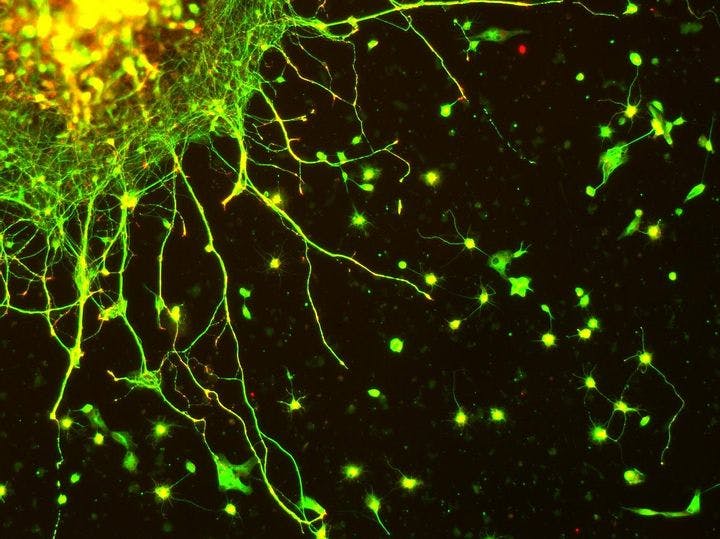Winter 2012
For scientific journals, the number of retractions is booming. Why?
– The Wilson Quarterly
Scientists can breathe a sigh of relief—an explosion of shoddy research is probably not the culprit.
No scientist likes to hear that a publication labored over for months or years contains a flaw so major that it must be withdrawn from the public record. Yet the number of retractions of published research has boomed in recent years. It was projected last fall that the Web of Science, an authoritative publication database, would record 400 retractions in 2011, up from an average of about 30 a year a decade ago.
What accounts for the surge? Scientists can breathe a sigh of relief—an explosion of shoddy research is probably not the culprit. The field has likely just developed more ways to detect flaws, writes Richard Van Noorden, an editor at Nature. After all, articles can now be run through computer programs that uncover plagiarism and image manipulation. Online publishing means greater circulation and more eyes to spot errors. Institutions such as the Office of Research Integrity in the U.S. Department of Health and Human Services have enacted regulations that improve the quality of research establishments and the publications they produce.
Yet a better system for identifying errors has not necessarily solved all the problems, Van Noorden reports. Flawed research often remains in circulation. Journal editors inconsistently apply the guidelines for determining what a retractable offense is. Scientists are reluctant to voluntarily withdraw their material, even if the error is merely due to an honest mistake. And since many scientists now read PDF files rather than go to the original source, even research that has been retracted may remain in circulation. Researchers at the University of Missouri, Columbia, reported that of 391 recent citations of retracted biomedical publications, only six percent noted that the cited paper had been withdrawn.
Scientists also complain that journals don’t publish adequate explanations for why a paper has been pulled. Vanilla statements such as “At the request of the authors, the following manuscript has been retracted” hardly further scientific understanding. (There’s some reason for this. Most editors don’t have time to comb through flawed papers and develop substantive explanations for the decision to retract. And a detailed explanation could prompt a lawsuit.)
Some think that the scientific community should develop a way to distinguish between retractions due to misconduct and those prompted by human error and other basically innocent causes. Others argue that journals should be purposely obscure. More scientists may be willing to come forward if the gory details of the errors are kept under wraps. As the editor in chief of the Journal of Neuroscience told Van Noorden, “My feeling is that there are far fewer retractions than there should be.”
* * *
The Source: “The Trouble with Retractions” by Richard Van Noorden, in Nature, October 6, 2011.
Photo courtesy of Flickr/MR McGill
